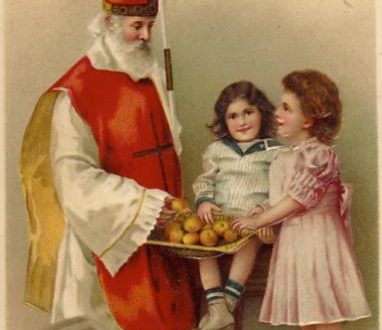China Dolls and Other Trafficked Humans
I don’t know about you, but in the past when I’ve heard the term “Human Trafficking,” I’ve pictured scenes from the excellent documentary, “Born into Brothels,” (http://www.moviefone.com/movie/born-into-brothels/19335/synopsis) and assumed the problem started and ended in places like Calcutta—far from my own country’s borders.
Yet the USA and other relatively wealthy countries are destinations—prime destinations—for not just a few, but for thousands of men, women, and children trafficked primarily from Thailand, Mexico, Guatemala, Philippines, and China. My own home state of Texas has the highest human-trafficking-arrest rate of any of the American states. And while sex exploitation is often involved, people often also get trafficked for labor exploitation.
What exactly is human trafficking? The definition consists of three elements that include action, means, and purpose:
. Action – recruitment, transportation, transfer, harboring or receipt of persons.
. Means – threat of or use of force, deception, coercion, abuse of power or position of vulnerability. (Where children are involved, this element does not have to be present to qualify an action as trafficking.)
. Purpose – exploitation. This may involve prostitution and other sexual exploitation, forced labor or services, slavery or practices similar to slavery, servitude, and/or the removal of organs.
When an action includes one activity from each of these, it qualifies as trafficking. Trafficking differs from migrant smuggling in a number of ways including the fact that trafficking is done without consent and does not necessarily involve crossing national borders.
While numbers are difficult to measure, estimates run at 2.5 million humans trafficked worldwide for profits running in the tens of billions. And an unknown number of citizens and legal residents are trafficked within their own country of origin—serving primarily as prostitutes, in agriculture, in the garment industry, as domestics, and in restaurants.
What can one person do?
1. Pray! “Thy will be done on earth, as it is in heaven…”
2. Get informed. Reading this blog entry is a start. Continue to follow related events in the news. Pay attention—human trafficking happens all around us.
3. Inform others. Talk about it. Go ahead and bring it up! Find out who you know that’s working with victims. In my own city the United Way, the Alcoholic Beverage Commission, Catholic Charities, Texas Baptists, the Police Department, Concerned Women for America, and individual graduates of my alma mater are involved—to name only a few.
4. Screen some of the well done, short, info-filled PSAs about human trafficking on Youtube and forward them to family, friends, and coworkers.
5. Get involved. Organize or participate in events at your public library, in schools, and by sending letters or op-eds to your local newspaper editor.
6. Demand “fair.” Provide an incentive for businesses by asking about labor policies at places you frequent. Does your favorite coffee shop buy fair trade products? Is that blouse you wish to purchase made in a factory that has just labor policies? Are the people who cut your lawn or clean your house doing so of their own free will? For my birthday this year, my friend Kelley gave me fair-trade coffee—blessing both my body and soul. Take your ethical standards with you when you shop.
7. Support the victims. If you suspect or know that someone has been trafficked, pick up the phone and notify the police or assistance organizations in your area.
Most Christ-followers I know are well familiar with the acrostic about the excellent woman found in Proverbs 31:10 and following. But what about the lesser-known part of P-31? Two verses before “An excellent wife who can find?” we read this: “Open your mouth for the mute, for the rights of all who are destitute” (Prov. 31:8). The primary way the “mute” experience justice is when those of us with voices speak out on their behalf.


